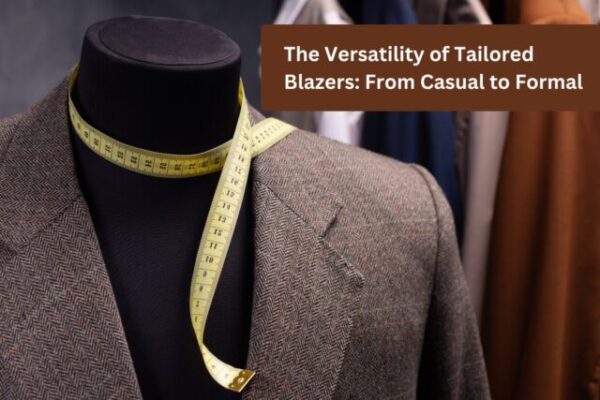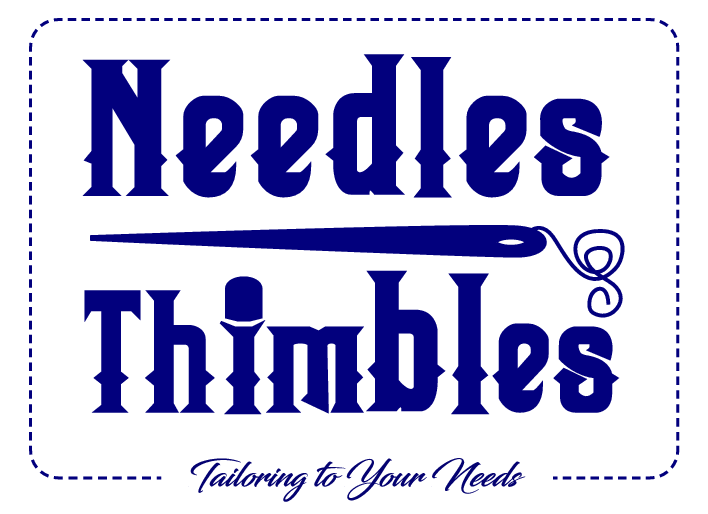Lehenga is a great option if you want something that is inexpensive, unique, and also shouts you. Here are some simple tips and strategies for making dream look best. We’ve got you covered when it comes to placing a bridal order for lehenga, blouse designs, and the edge of your lehenga skirt!
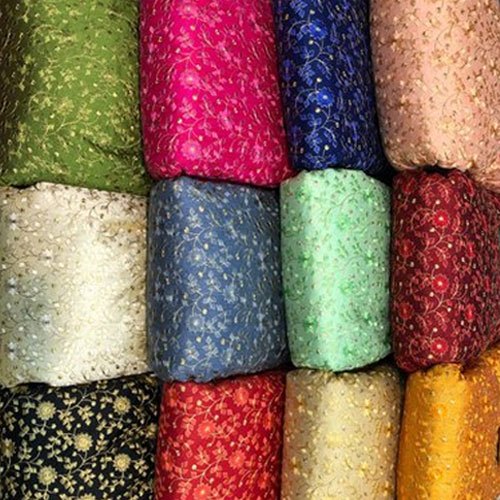
1. Lehenga Fabric
When it comes to choosing the cloth, keep some fundamentals in mind, such as the weather and time of the wedding. You don’t want to be wearing velvet in the summer or transparent netting in the winter. Besides the weather, comfort and choice are important considerations. Some customers want shimmers, while others prefer lovely plates.
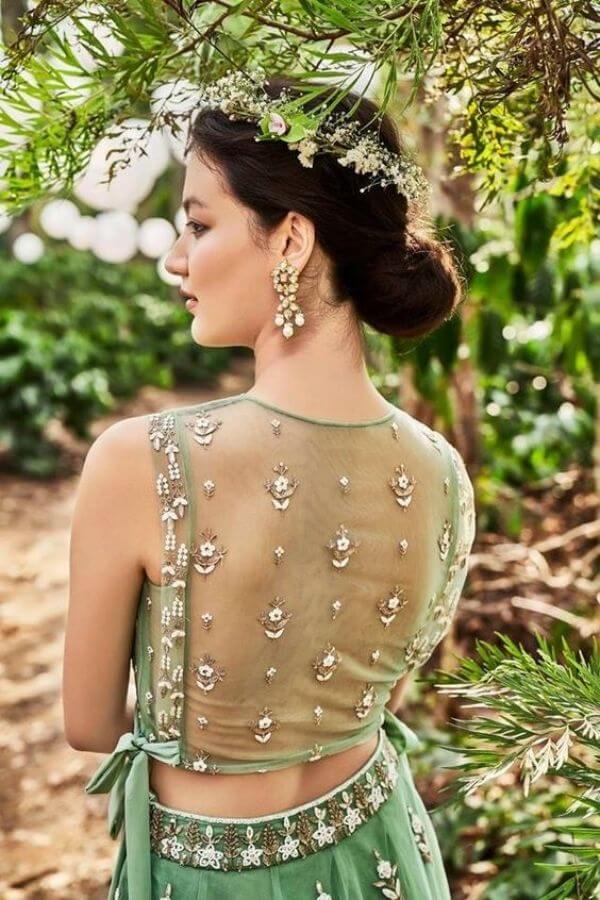
2. Lehenga Blouse
Combine your attire with a one-of-a-kind and fashionable blouse design. It steals the show and may make a huge difference in your wedding appearance. So, be as picky as you possibly can. Don’t simply go with a simple round neck; experiment with the necklines and sleeve length of your blouse. Choose something out of the ordinary, such as this Doli blouse shown on a real bride.
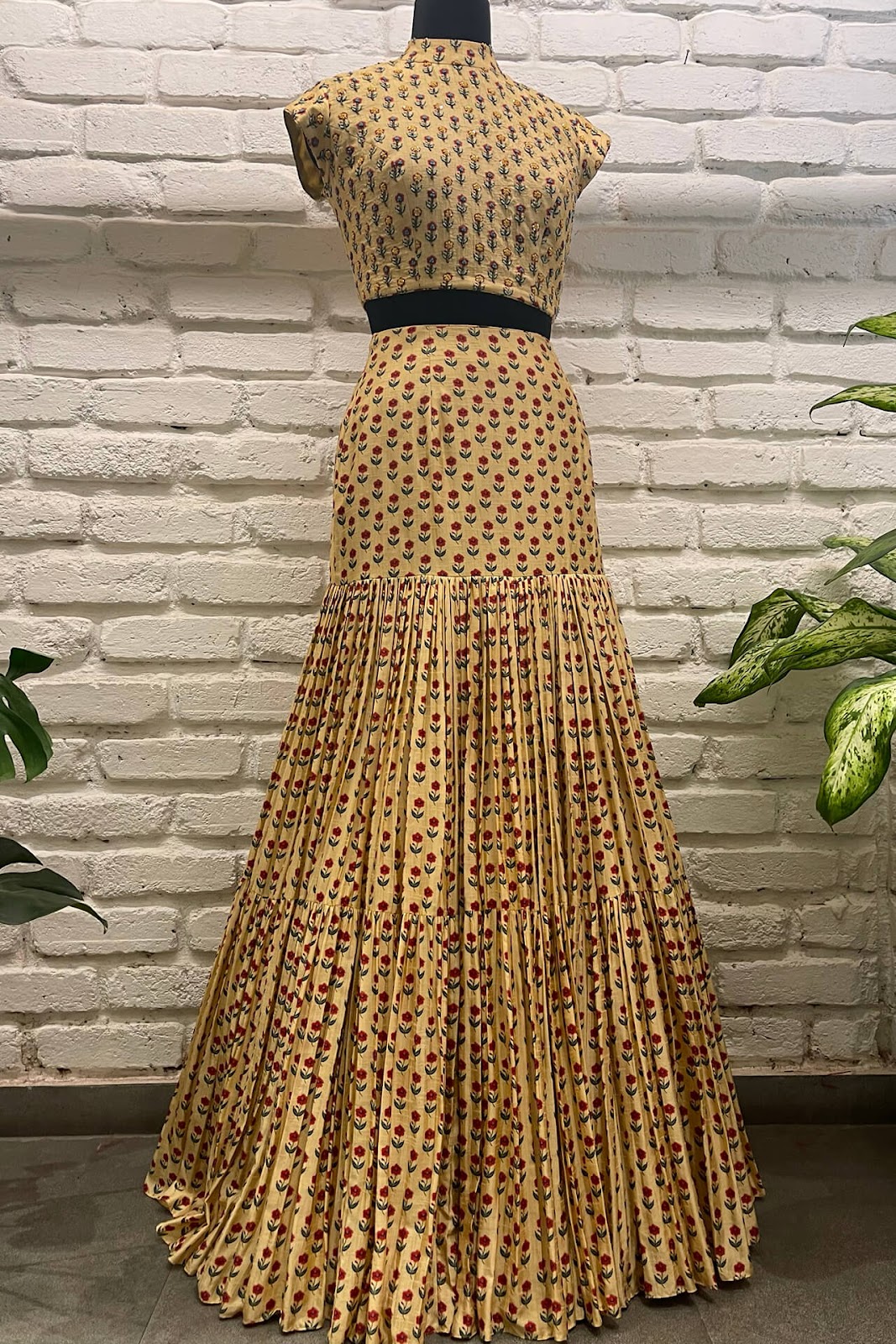
3. Overall Fit
A bridal lehenga, on the other hand, is not something that is sewn on a regular basis. That is why it entails more than simply putting your trust in a reputable tailor. If you are preparing to send your wedding dress to be stitched, here are a few pointers to bear in mind. When having a blouse embroidered, it is generally a good idea to give some room for error. You may always tighten or loosen it as required.

4. Body Type
Women prepare their ideal outfit months in advance! Whether you’re attending a wedding or planning your own, wedding season is quickly approaching, and it’s time to start shopping for the greatest designs. While we may spend days or months looking for the perfect blouse with the appropriate colour, patchwork, embroidery, and make, we do not always consider if we are selecting one that is the best fit for our body.
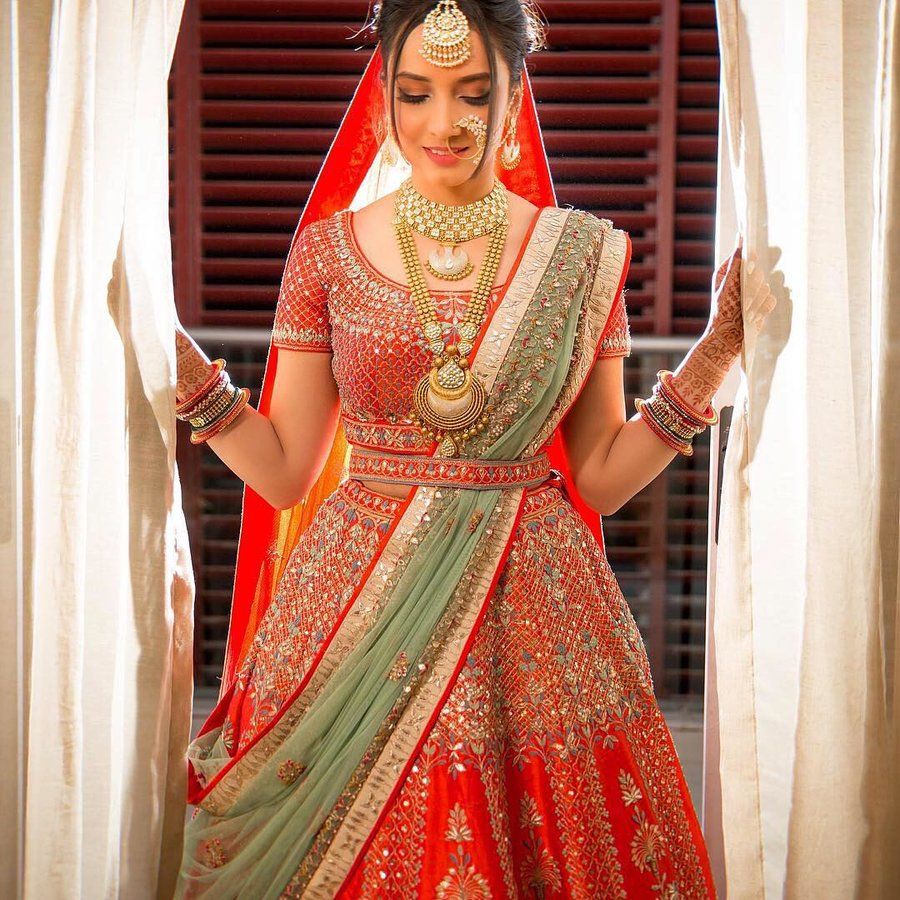
5. Dupatta Styling
Nothing transforms your look like a dupatta drape. When you change the drape the following time, it will look like a brand new outfit. Even brides may make a statement by adding a new dupatta or re-draping an existing one. Double dupattas are a bride’s favourite, and multi-colored dupattas are grabbing the show today. This is a must have thing to keep in mind when placing a custom order for lehenga.
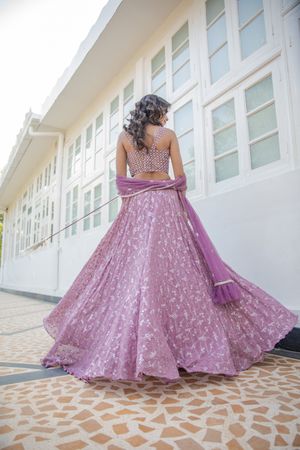
6. Occasion
Another crucial point to remember while placing your custom order for lehenga is the occasion on which it will be worn. Simple embroidered lehenga are excellent for mehendi. Ombre skirts with off-shoulder blouses are choices of all the bridesmaids.
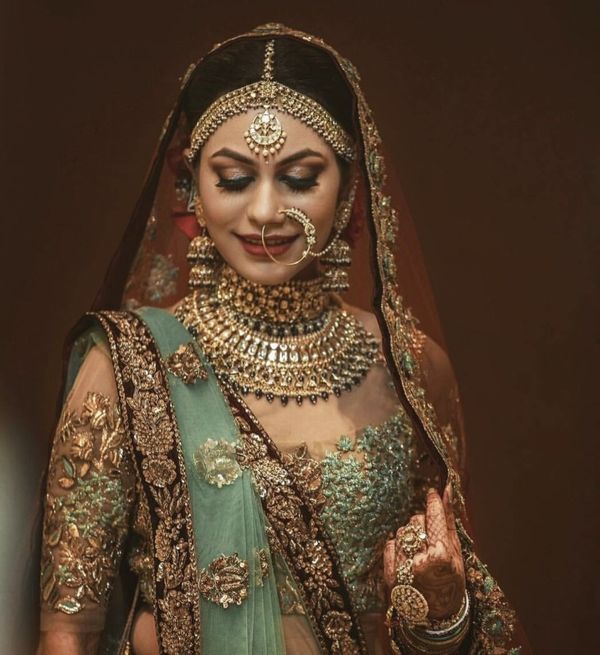
7. Jewellery
Some customers are a huge fan of jewellery and often select it even before they select their outfits. In such cases it is advisable to go for complimenting lehenga. Shimmer lehenga should be avoided while plated lehenga looks amazing with heavy chokers and mang patti.
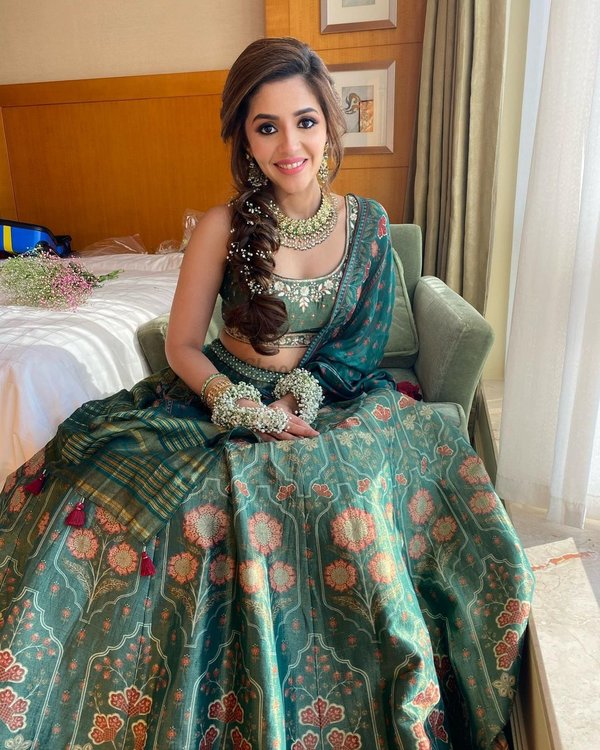
8. Makeup and Hair
Makeup and hair decide the overall look of the bride. Even the prettiest attires can look average if makeup is not on point or the hair isn’t styled well. Brides can go for heavy fancy buns and long plates with a variety of makeup types. Bridesmaids often go for simple waves and poky straight hair. Nude makeup and dramatic eyes are all over the internet.
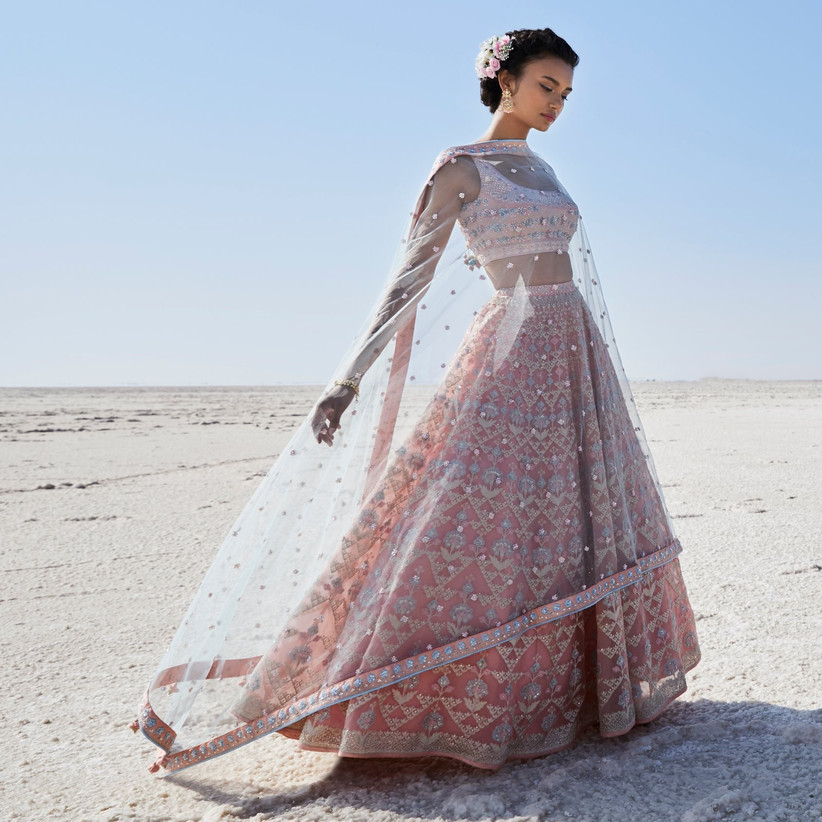
9. Budget
For us Indians, a wedding is a once-in-a-lifetime event for which we plan and save properly yet still go over budget. It’s the most significant day of our life, and the lehenga choli is equally as vital as the groom. People spend a lot of money to live up to the excessive expectations. As a result, weddings have become a costly occasion. Everything associated with weddings is always expensive. Every bride desires a beautifully stunning lehenga. A lot of craftsmanship goes into matching this ideal vision of the beautiful Indian bridal lehenga, which results in a price increase.
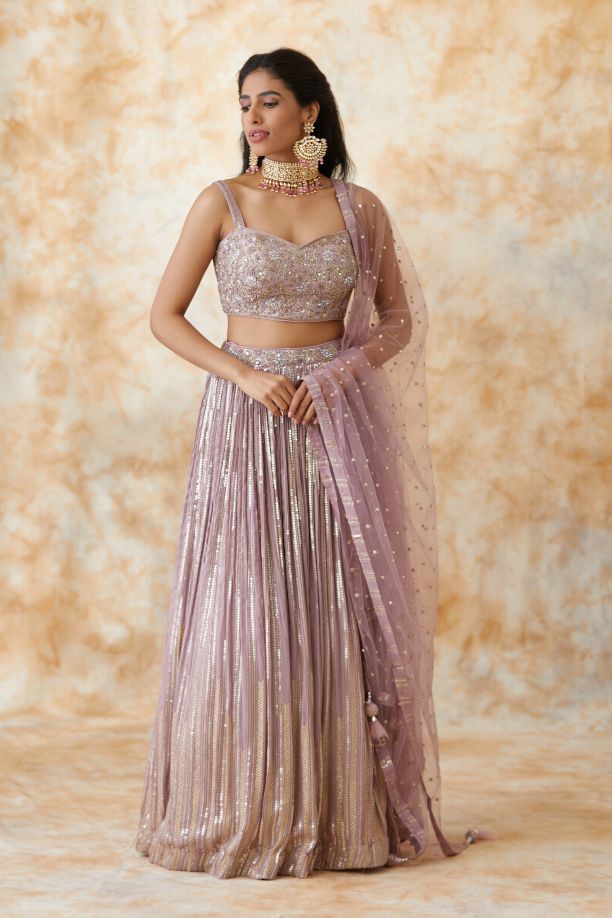
10. Season
Before purchasing your wedding lehenga, consider the location, environment, and occasion. You don’t want to be sweltering in a heavy set during the summer or freezing in a lighter set during the winter. Choose light-weight materials, brighter colours, and less ornamentation for a summer wedding. Winter weddings, on the other hand, necessitate thicker fabrics, larger decorations, and full-sleeved lehengas.



